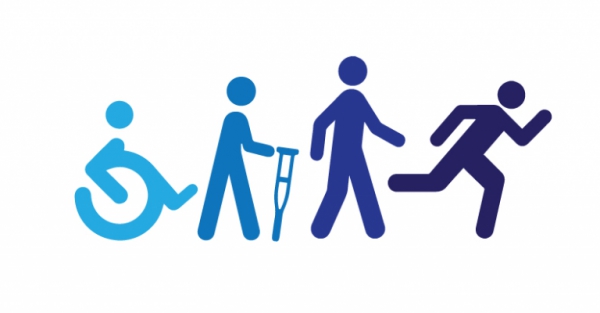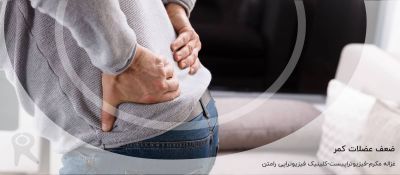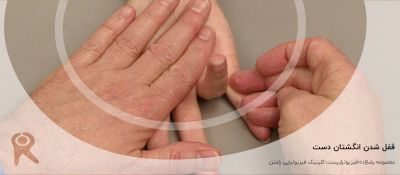Mechanism of Injury / Pathological Process
Although the pathological process of Focal Dystonia is still classified as idiopathic, increasing evidence suggested a multifactorial etiology (i.e. interaction between genetic, neuromuscular, auditory, neural adaptative, anatomic, stressful, repetitive, psychosocial, traumatic, among others). An alteration in tactile discrimation was found in dystonic musicians compared to generalized dystonias and healthy controls; this has been related with the superposition of the areas of cortical representation of the fingers affected in musicians. Other etiological mechanisms are also described in the literature, such as the alteration of inhibitory spinal, trunk, and intracortical as well as alterations in sensorimotor integration.
Many triggering factors have been described in current literature and can be separated into external and internal factors. Extrinsic factors include spatial, temporal, and spatial constraints, depending on the workload of the respective body part and the complexity of the movements used. Intrinsic factors include the need of control, the need of perfectionism, anxiety, local pain, trauma, overuse and the deficit in inhibitory mechanisms. Predisposing factors such as genetics and sex are also important. These triggering factors combined can affect the manifestation of Dystonia.
Clinical Presentation
Some examples of Focal Dystonia are Cervical Dystonia (AKA spasmodic torticollis), which causes the neck to twist or tilt, Musician's Dystonia, Writer's Dystonia, Blepharospasm (bilateral, involuntary, synchronous, forceful eye closure) and Spasmodic Dystonia, among others. Musician's and Writer's Dystonia are referenced in this article.
Musician's Dystonia is manifested by a loss of voluntary motor movement in repeatedly trained movements. This is a high disabling pathology that can end a musical career; it can be classified according to the instrument played and the movement extensively performed. Normally it occurs without pain although aching as been described after prolonged spasms.This loss of muscle coordination is often accompannied by a co-contraction of antagonist muscles.
Writer's Dystonia or Writer's cramp can be also be manifested by uncontrollable muscle contractions and abnormal postures of the whole upper limb during writing. Tremor and spasms of the hand can also occur.
Diagnostic Procedures
Magnetic Resonance Imaging (MRI) - to exclude stroke or tumours involving the basal ganglia
Bloodwork to assess ceruloplasmin levels - to rule out Wilson's disease (a disorder of copper metabolism that can produce dystonia and other movement disorders)
Differential Diagnosis
- Paroxysmal dystonia: this presents as discrete episodes of abnormal movements lasting from minutes to hours, with intervening periods of normalcy[8]
- Dopa-responsive dystonia: this is characterized by diurnal variation of dystonic movements, with improvement in the morning and worsening in the afternoon[9]; it is linked to chromosome 14, which is involved in dopamine synthesis
- Dystonic tics (which may be associated with obsessive-compulsive disorder): patients with dystonic tics feel an internal, uncomfortable sensation in the affected body part, and this sensation builds up to an overwhelming "urge" to perform a sustained, tonic tic e.g. head turning; patients often report relief immediately after performing the tic, but this is soon followed by recurrence of the urge to perform the tic again
- Iatrogenic causes: dopamine receptor-blocking medications, e.g. neuroleptics and phenothiazine-based antiemetics, can produce an acute dystonic reaction from a single dosage, or tardive dystonia from chronic usage
Outcome Measures
Motor control and ADL scales
Medical Management
The aim of medical management is to manage muscle contractions and limit deformity
- Drug management targets neurotransmitters that affect muscle movement and include: Anticholinergics[11], Baclofen and benzodiazepines dopamine related medications. [12]
- Injection therapy of Botulin Toxin directly into the muscle can reduce, and in many cases stop muscle contractions that cause abnormal postures.[13] They may have side effects such as dry mouth, voice changes and weakness.
- Surgery may be indicated if the symptoms are severe and have not responded to other interventions. Surgery might involve the insertion of electrodes into the brain which are connected to a generator that is placed into the chest. The generator sends signals to the brain which can control muscle contractions and movement. Another surgical intervention is to sever the nerves that control muscle spasm, this is known as Selective Denervation Surgery.
- Immobilization, in a study by Priori et al, has been shown to have a positive effects on focal dystonia. The possible rational for improvement is the plastic changes that occur at cortical level. Immediately after immobilisation there were signs of weakness, clumsiness and poor limb control, but these symptoms were temporary and in most cases improved within 4 weeks.
Physiotherapy Management
The aim of physiotherapy is to ease symptoms and improve function. There are several approaches and will be dependent on symptoms but the most common interventions are:
- TENS
- Sensomotor Training
- Muscle Strengthening
- Stretching
- Relaxation Techniques
- Home exercises
- Ergonomic changes at the instrument (Musician's dystonia)
- Behavioral training










